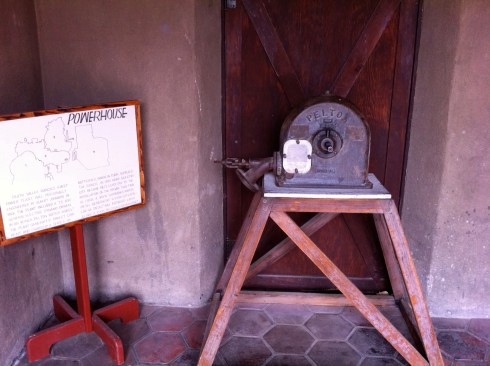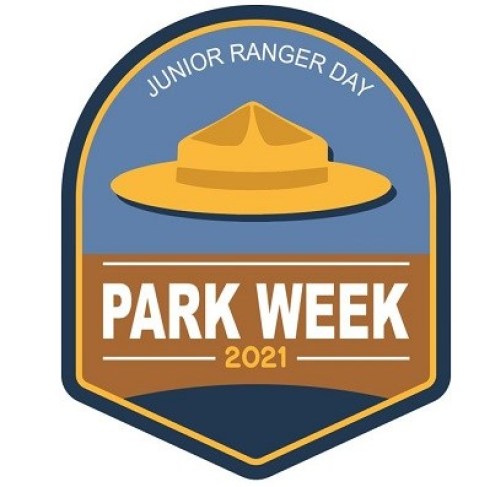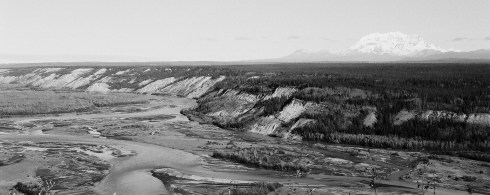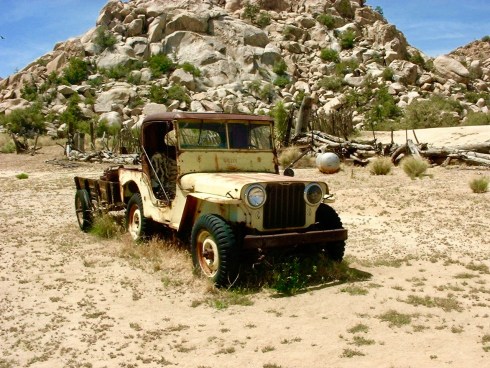National Park Week, Final Day; Today’s Park Theme: B.A.R.K. Ranger Day

I think it’s safe to say that I have visited Denali National Park more than any of the others. Of course, it’s only a two hour drive away. Denali is a gem of a Park, and its Mountain and namesake is the crown jewel. Discussions for the area to become a National Park started as early as 1906, and by 1915 there was a solid plan and momentum for the idea. The naming of the Park was contentious from the very beginning, and that should be the subject of a future blog post. Alaskans and Park proponents who had actually visited the area wanted to see the Park named Denali, which was the Athabaskan word for the Mountain. The powers in Washington DC, particularly Thomas Riggs of the Alaska Engineering Commission, disagreed. The new park would be named Mount McKinley National Park, a decision that Alaskans would fight for decades until it was finally officially renamed Denali National Park in 1980.

At first the new national park was accessed by the Alaska Railroad, which ran between Seward on the southern coast and Fairbanks. The Denali Highway was opened in 1957, giving road access to the Park from the Richardson Highway, which runs between Valdez on the coast and Fairbanks. It wasn’t until 1971 for Anchorage to have direct access to Denali with the building of the Parks Highway between Anchorage and Fairbanks. The Denali Park Road starts at the George Parks Highway, and travels west into the Park for 92 miles. The road ends at the historic mining community of Kantishna.

There are several trails for hiking in Denali NP, but like the Wrangell-St Elias, this is wilderness, and most hiking is off trail and across country. River crossings are common, and seeing wildlife is (practically) guaranteed. I have one friend who is so wildlife viewing challenged, that other than rabbits and ravens, nothing will show for him. I add the “practically” for those in that exclusive club with my friend in NY.

For the rest of us, wildlife viewing in Denali NP&P is a smorgasbord. I have never been in the Park without seeing caribou and moose, and always grizzly in the summer months. I once took my Dad to Denali and we rode the school bus to the end of the Park Road. While stretching our legs at a rest area, I spotted a wolf sauntering along a river bed, and pointed it out to my Dad and another gentleman who was on the bus with us, and they watched it through my binoculars until we had to board again. I ended up getting scolded by everyone else who was on the bus, because I didn’t hunt them all down and show them the wolf too. Beware of the bus etiquette.

Denali is a special place in the winter, and I’ve enjoyed snowshoeing the trails and even the roads with the crowds of summer a very distant memory. Dog mushing is a very common activity in the winter, either with your own team, or riding along with a guide. Cross country skiing, snowshoeing and winter camping are the most common wintertime activities. It is a very beautiful, and quiet, winter wonderland. I searched and searched for winter pictures, and I could not find where I stashed them so that I could easily find them again. I will have to go back to create some more.

Dog mushing teams have been a part of Denali Park since 1922. The Park still maintains and works a team of sled dogs. In non-Covid years, the kennels can be visited, and the rangers give some pretty cool demonstrations. Plus, these dogs are just a lot of fun to hang around; Alaskan sled dogs have developed their own unique personalities, and they love to show them off. Driving the Park Road, you will often see the dog handlers walking the sled dogs, so watch for the signs.

Denali National Park & Preserve covers 4,740,911 acres and received 594,660 visitors in 2018.

Images of the Denali Park Dog Team and Puppy Patrol courtesy of NPS/Denali Dog Ranger Division



















































